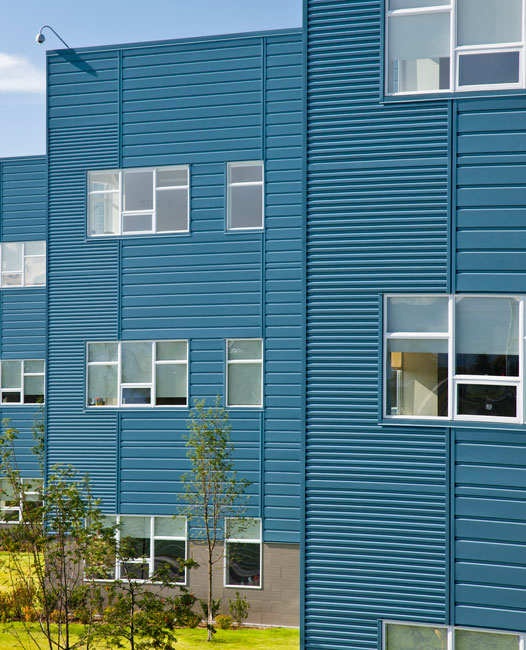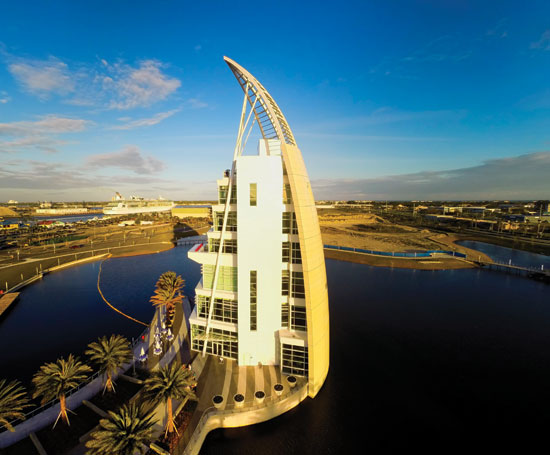Talking Color
What’s Available in Architectural Coatings
The coating industry is constantly refining and adding offerings to their product lines.
Lights and Brights—Colors That Work Within Warranties
In architectural building components, the chemical resistance of the pigment is crucial. This sometimes restricts color spaces that can be achieved, as no matter how well a coating is made, certain colors are more affected by the outside environment than others. For example, bright colors such as yellows, oranges and reds will fade faster.
Color warranties are based on the percentage of organic vs. inorganic pigments used to create the final color. Typically, standard warranties cover film integrity, chalk, fade of a coating, and gloss retention. Loss of film integrity, chalking, color fading and gloss retention are primarily the result of a breakdown of the resin system, and as the resin system degrades the coating surface gets rougher and gloss decreases and the pigment particles in the coating become exposed and more easily removed through natural processes. The use of a clear topcoat will improve the durability of any coating, whether “borderline” bright colors or otherwise. A manufacturer's color technicians, however, are challenged to select affordable pigments for coatings required for durable applications. High durability requirements limit color space and warranty options.

Photo courtesy of Valspar
The use of a topcoat will improve the durability of any coating
Pearlescents
Many designers often seek a metallic look for their colors. Pearlescent or nacreous coatings or pigments possess optical effects that serve decorative purposes, offering eye-catching luster and color effects. With micas and metallics, there is a visual appearance factor that is not seen in solid colors. Creating this look adds several other elements into the process because it actually involves tiny flakes of reflective metal or refractive mica pigments added into the paint mix. Their unique effect is achieved by light interference rather than light absorption. Pearselscent pigments are produced by placing a metal oxide layer on a mica platelet, with color and luster effects controlled by the coating thickness and the mica particle sizes.
In addition, manufacturers are now offering coatings in rich, pearlescent colors that appear to shift in color when viewed from different angles or sunlight. Whether an effect or pearlescent pigment, these coatings function according to the same principal. The pigment has a core material, which could be mica (either natural or synthetic) or a silica with a pigment (usually an iron oxide, titanium dioxide combination precipated on the surface). Both the change in color and the degree of color change is controlled by the composition and thickness of the core and the precipitated pigment.
The color shifting paint is applied in a three-coat system; the colors consist of a primer, basecoat (to enrich color) and pearlescent mica coat with mica flakes or combinations of mica and aluminum flake. The color shift paint is available for both extrusion and coil products. The color is controlled not only by the topcoat and pearlescent mica coating, but also by basecoat. It is the mica flakes that create the consistent, iridescent gradient look. The basecoat consists of ceramic and inorganic pigments. The pigments are best suited for long-life external use on monumental high-rise structures and pre-engineered buildings, including architectural and residential metal roofing systems, composite and insulated metal wall panel systems, and metal roofing and wall panels systems. Many such pigments are available in a range of gradient pearlescent colors from white to silver and can be ideal for architects interested in achieving effects from a silvery color with a hint of a distinctive quality to a dramatic glittering aesthetic. Typically, these paints carry advanced weathering protection.










